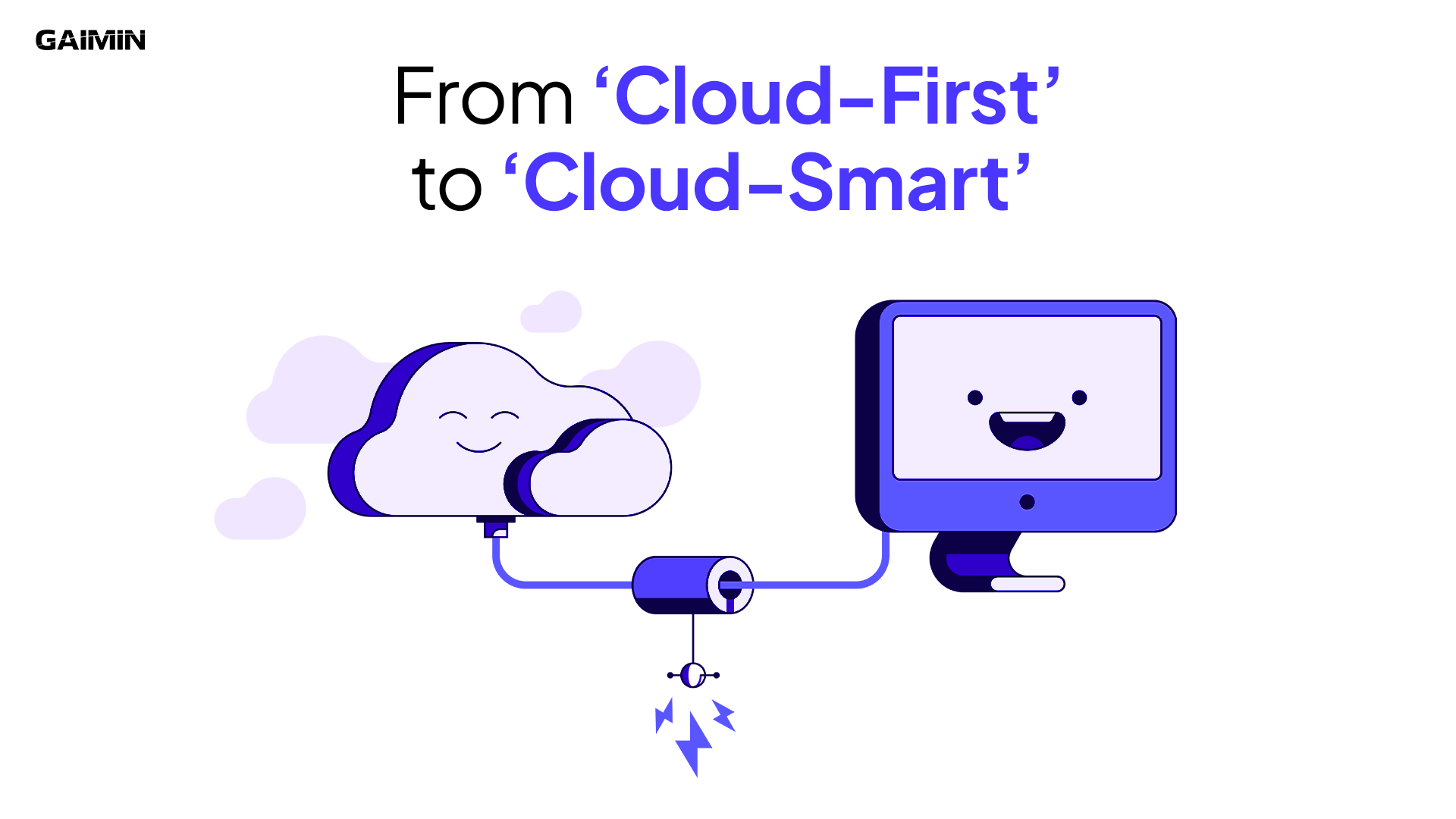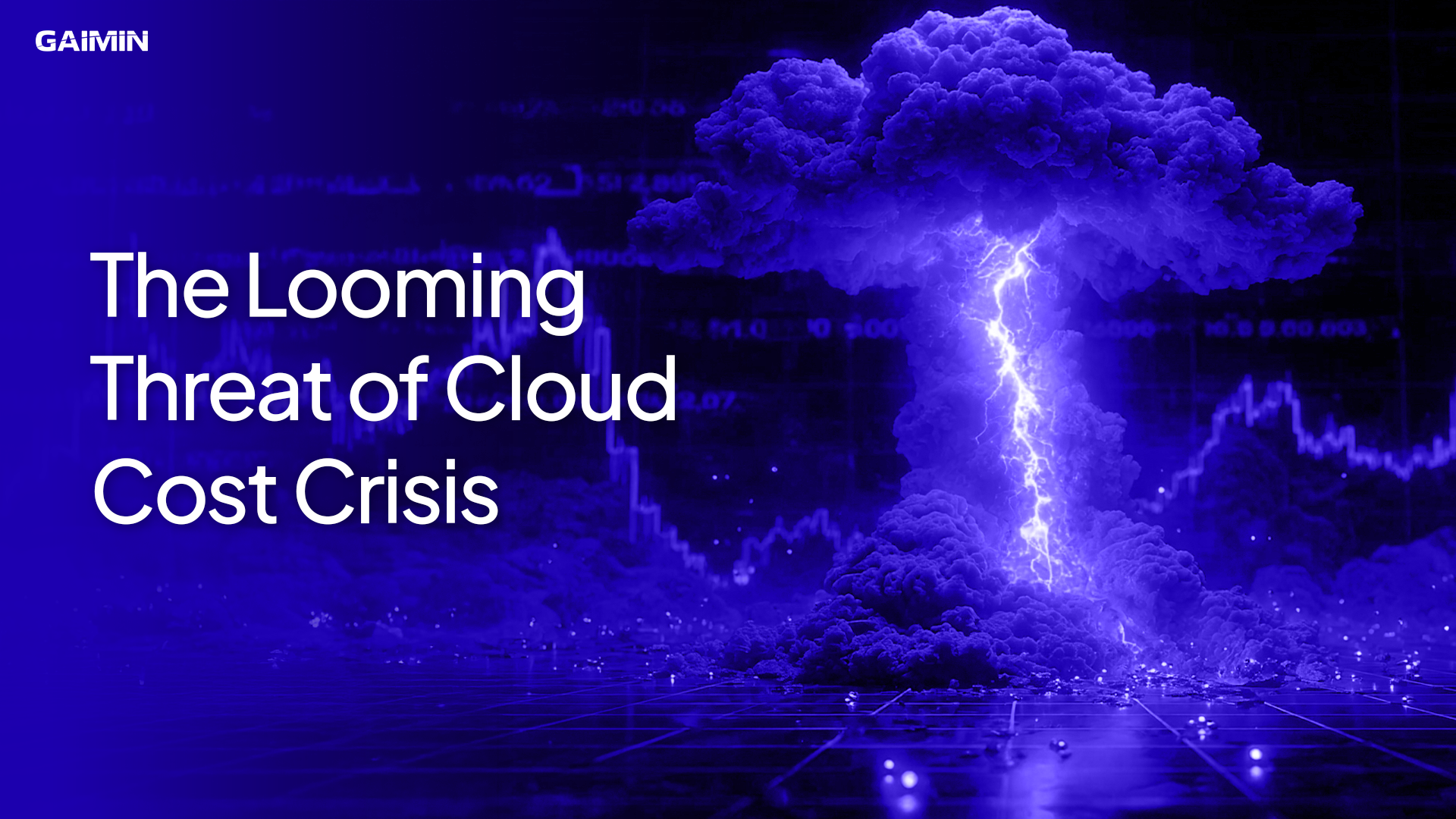Article 1/5 of the “5 Days of Cloud with GAIMIN” content series
Cloud Computing… A Quick Primer
Before the cloud, if you wanted to run an app or host a website, you had to buy physical servers, maintain them yourself, and scale manually; we called this “On-prem solutions”. This was expensive, complex, and inflexible, especially for startups or small developers.
Cloud computing changed all of that.
Cloud computing is the delivery of computing services, such as storage, databases, networking, software, and analytics, over the internet (“the cloud”). Rather than buying and maintaining hardware, you rent what you need, when you need it.
And this was going great! The Big 3 — Amazon Web Services (AWS), Microsoft Azure, and Google Cloud Platform (GCP) — made it possible for clients to:
- Spin up virtual machines on demand.
- Store massive amounts of data across regions.
- Host applications without owning a single server.
This convenience powered the SaaS explosion, gave birth to the rise of global-scale platforms like Netflix and Uber, and allowed solo developers to deploy apps used by millions today.
Centralization: The Foundation of Traditional Cloud
Traditional cloud computing services mostly run on a centralized model, where the vast majority of cloud infrastructure is owned and controlled by just a few companies like AWS, Azure, and Google Cloud.
This worked brilliantly at first:
- Centralization made it easier to scale globally.
- Developers could deploy apps without worrying about servers.
- Businesses got flexibility, speed, and reach.
But that same centralization has now introduced some risks:
- Single points of failure: As we would find out over time, after many historic shutdowns that one outage can break the internet when it’s heavily centralized in the hands of very few.
- Vendor lock-in: Because of how expensive it was to build these massive centres on behalf of the clients and provide them with the services to host them online, moving away becomes technically and financially painful, especially when the cloud firms have to recover this investment somehow.
- Loss of control: In terms of service, surveillance, censorship, and price changes, this can be out of the hands of the clients, especially when there were very limited options to pick from, due to the monopolized cloud environment.
- Hidden costs: What looks cheap early on becomes expensive when it’s time to scale, or later down the line when the client is fully dependent on the service.
The tradeoff was clear:
You get the service at the cost of control and options.
And fast forward to current times, many shutdowns and blackouts later, coupled with the demand for cloud computing increasing with the rise of AI, file sharing, online gaming, and real-time apps, the challenges with this legacy model have started becoming more glaring.
And now, as workloads become heavier, the demands are outweighing the supply; the cracks in the system are becoming harder to ignore. So, how do we go forward?
What Comes Next?
If the current cloud model is starting to break down, then what replaces it?
More data centers? A new architecture entirely? One that:
- Distributes infrastructure rather than centralizing it.
- Rewards contributors, not just corporate owners.
- Builds resilience and security by design, not exception.
That’s the subject of our next article in the series, so make sure to check out Article 2 in the “5 Days of Cloud” content series on the GAIMIN Cloud blog!



.png)
